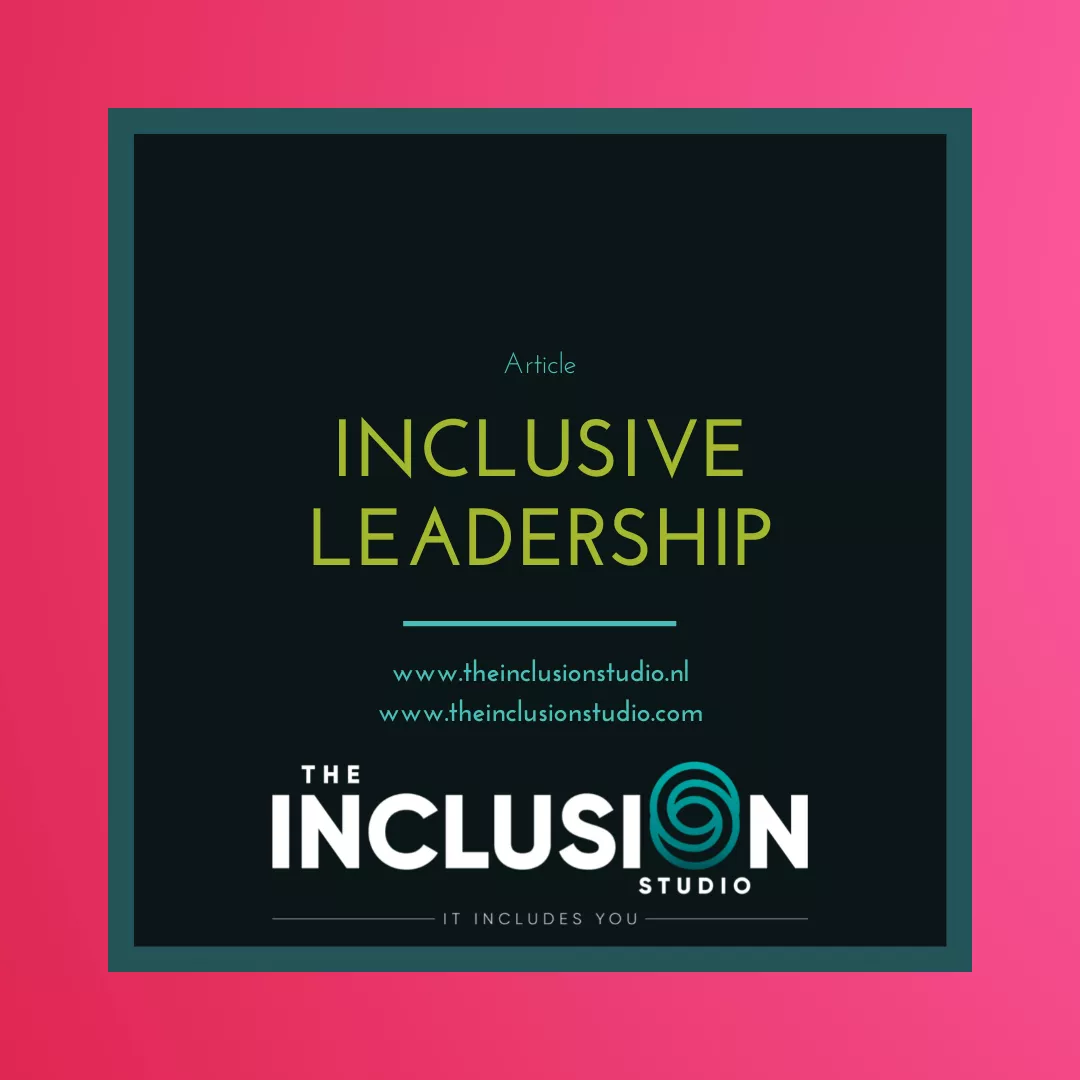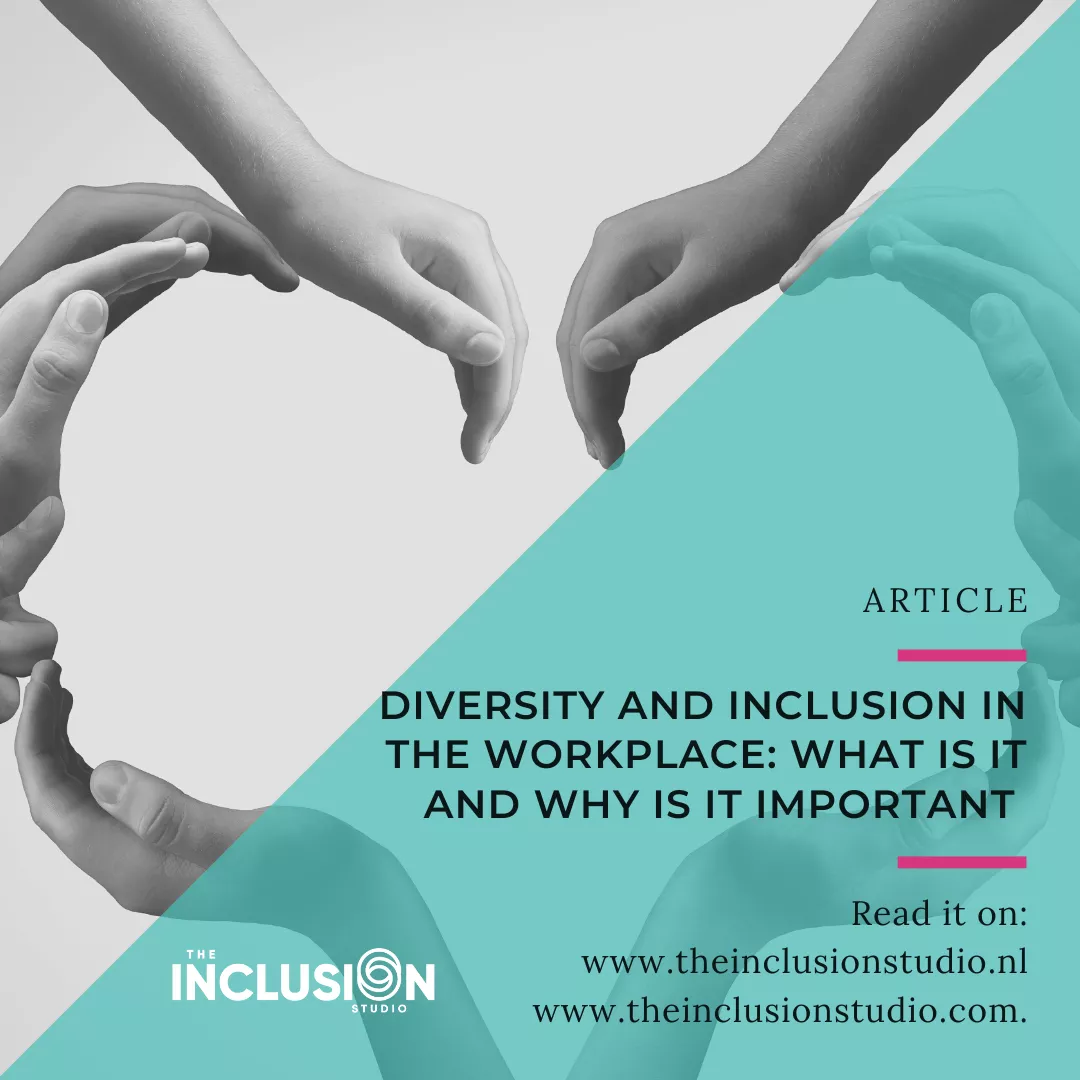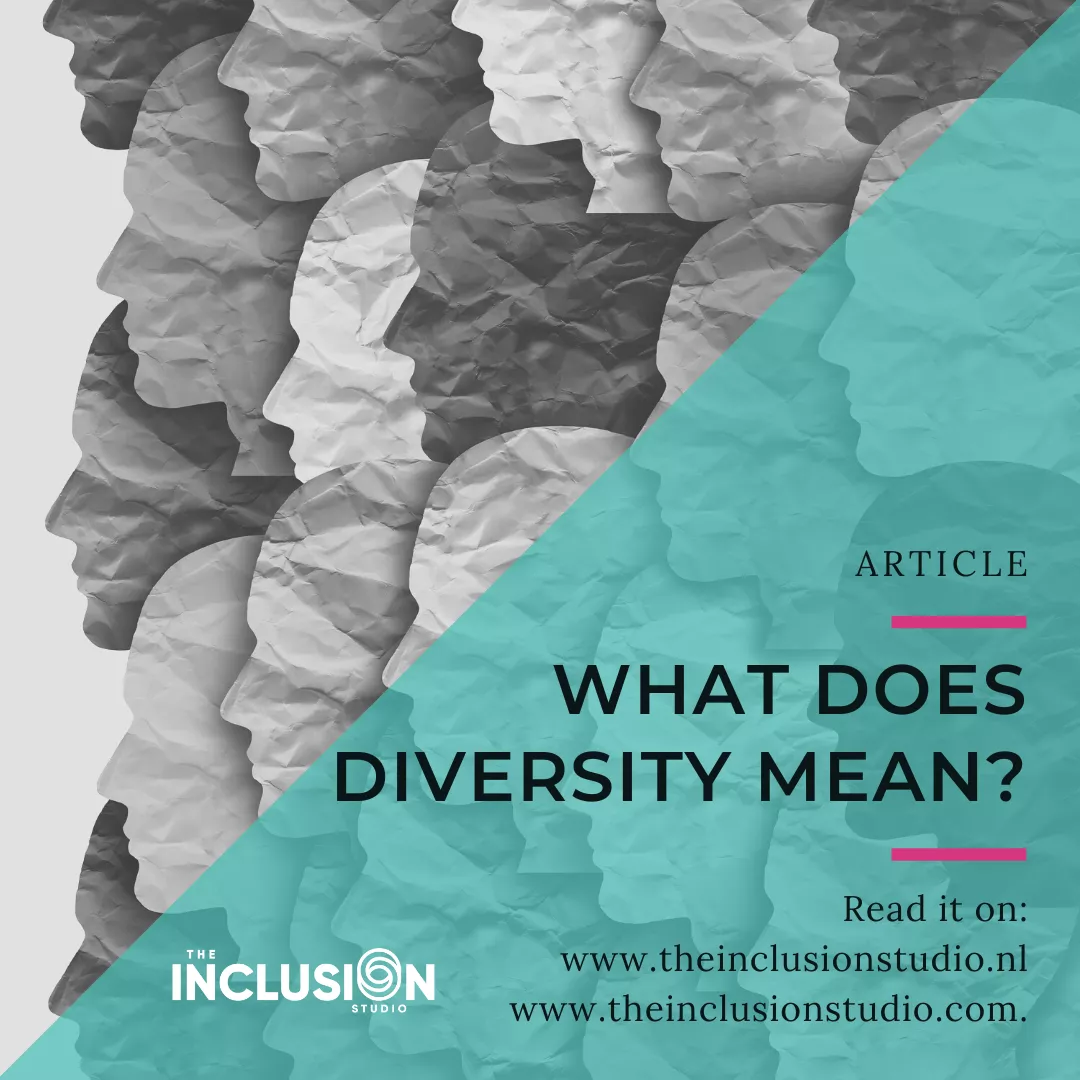
Inclusive Leadership: The Key to Building a Diverse and Engaged Workforce
Inclusive leadership is the key to building a diverse and engaged workforce. According to Forbes Magazine, inclusive leaders understand that employees are more likely to be engaged and productive in an environment where they feel like they belong. This means creating a workplace where everyone feels like they have a seat at the table, regardless of their background or identity.
By definition, inclusive leadership is “a style of leadership that creates an environment in which all employees feel valued, respected, and heard.”
Unfortunately, many workplaces still fall short when it comes to inclusion. A recent study by Deloitte found that only 22% of employees believe their organisation is doing a good job of promoting diversity and inclusion. This disconnect can have harmful effects on employee engagement and retention. In fact, 70% of employees who don’t feel included at work are more likely to leave their job within two years.
So how can organisations make sure their leaders are fostering an inclusive environment?
Encourage and ensure open dialogue about diversity and inclusion
One way to create an inclusive environment is to encourage open dialogue about diversity and inclusion. Leaders should create opportunities for employees to candidly share their experiences and perspectives on these topics. This can be done through employee resource groups, forums, or surveys.

Be aware of your own bias
Another way to foster an inclusive environment is for leaders to be aware of their own personal biases. We all have them, but it’s important to recognise how they might influence our interactions with others. Once we’re aware of our own biases, we can take steps to mitigate them.
Promote diversity and inclusion throughout the organisation
Finally, it’s important for leaders to promote diversity and inclusion throughout the entire organisation – not just in the HR department. One way to do this is by ensuring that your senior leadership team reflects the diversity of your workforce.
Another way is by implementing policies and practices that support a diverse and inclusive workforce (e.g., flexible work arrangements, parental leave policies, unconscious bias training).
Creating an inclusive environment starts with leadership. Leaders set the tone for the entire organisation, so it’s crucial that they model desired behavior and advocate for change when needed.
By taking steps to encourage open dialogue about diversity and inclusion, being aware of their own personal bias, and promoting diversity and inclusion throughout the organisation, leaders can create a more inclusive environment where all employees feel valued, respected, and heard.
It includes you.





